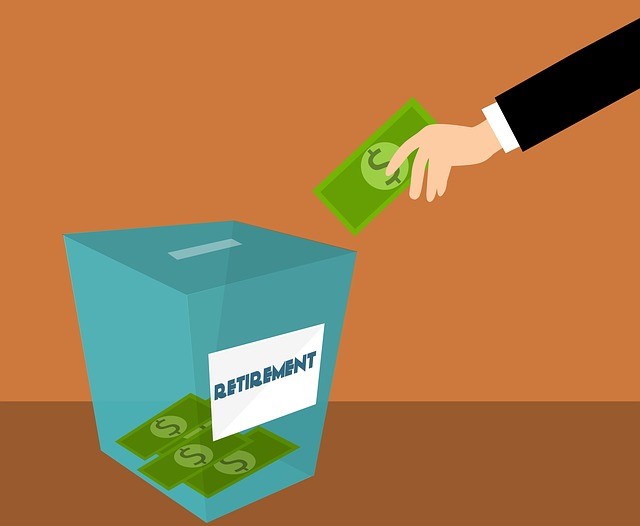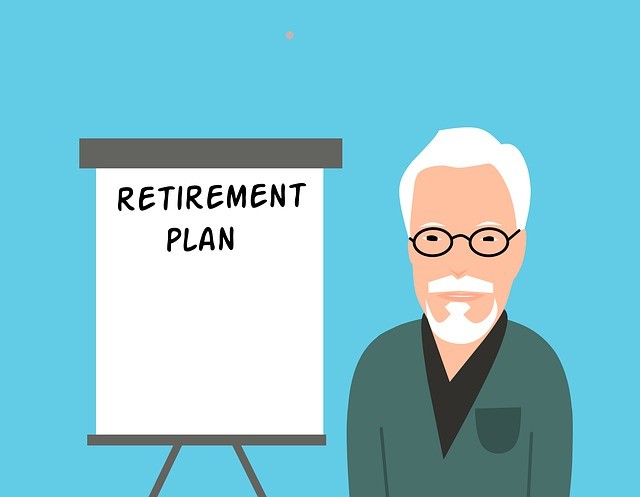Last Updated on: 22nd November 2023, 06:39 pm
Once retirement arrives and there’s no longer a steady income stream, retirees must rely on social security benefits, savings, and retirement plans or investments. Offsetting the cost of living later in life means starting retirement planning early, but that doesn’t mean you’ll be fully prepared.
Nowadays, people are retiring at roughly 65. Still, the lifespan is longer than it’s ever been, with the possibility of approximately 20 to 30 years of needing to cover expenses, including increasing medical costs and the potential for long-term care.
The “Journal of Accountancy” indicates that there is an increasing concern among the senior population that funds will run out while retired. It doesn’t need to be that way. Continuing to save and even invest is possible beyond the age of retirement.
When you don’t know how to invest at 90 or after reaching retirement age, the best course of action is to remain in contact with a good financial advisor steering away from the riskiest options in favor of a more cautious strategy. Your objective at this stage is to protect wealth and allow it to grow.
What would be considered safe investments for those already in their retirement years? Let’s learn.
How Should Seniors Invest Once They’ve Progressed Into Retirement
As you progress through retirement, that doesn’t mean you should stop saving or investing, but it’s wise to start to reduce the risk. As a young person, there’s the benefit of a steady income stream and the opportunity to recover when heavy risks leave you with a loss.
When you’re over retirement age, perhaps well above, income will not likely rise, nor will loss be recoverable. Financial advisors at this stage will suggest more conservative alternatives.
All investments indeed carry a degree of risk, but better choices render an asset as “safe.” Find out if your investments are suitable for your age at https://www.investopedia.com/articles/investing/090915/are-your-investments-right-your-age.asp.
● Treasury Bills
It’s suggested that US Treasury bills are recognized as the “safest investment of any as far as risking the loss of capital.” These securities have the entire backing of the US government, relying on its credit and faith. That means these will always be paid even if the government needs to print more cash.
There is still the risk of interest rates rising if you sell them before they reach maturity. In this way, you will lose money. But again, due to the safe nature of these securities, the maturities are exceptionally short, reducing the risk associated with a rising interest rate.
● Certificates of Deposit
The US government doesn’t support these as they do for the Treasury bills, but Certificates of Deposit have Federal Deposit Insurance Corporation insurance coverage of $250,000. That provision is for any account a person owns within the same facility. Many brokers will offer supplemental coverage.
In either event, if the limits are not exceeded, these are almost as safe as Treasuries.
● The high-yield savings accounts
These carry interest rates near that of the CDs or exceed those, particularly when dealing with an online entity, plus they have comparable FDIC coverage.
These differ from CDs in that there are no penalties when withdrawing, which is true with CDs for early withdrawals. There is no limit to savings account withdrawals.
● TIPS
TIPS are Treasury inflation-protected securities, another US government-backed security offering complete safety for investors. The governments back these with their total credit and faith with an added layer of security in the instance of inflation where payments can be adjusted.
With inflation presently at a record high in over 40 years, this option suits conservative investors like the senior. The adjustments are made every six months based on the state of inflation at that stage.
● Fixed annuities
With these, there are penalties if withdrawals are made before age 59.5. The fixed annuity makes more sense for seniors as an investment opportunity. The insurance carrier that issues these guarantees them offering an outstanding safety layer.
It’s crucial to research business financial status before purchasing annuities. A fixed annuity will usually pay interest throughout the investor’s life regardless of how long that might be, meaning retirees have the potential to outlive their resource.
● Money market accounts
The money market account would equate to a sort of cross between a checking and a savings account.
The interest rates these pay are often comparable to what you would receive with a savings account, but there is also a greater access with the potential for debit cards and checks to use funds.
The money market account is starting to see less favor among investors due to the growth of free checking and the popularity of high-yield savings, but you shouldn’t count them out. As safety goes, these are given the same FDIC protection as savings and CDs.
● The high dividend stocks
With most investments, there will be a level of risk, but these differ from asset to asset. Most of these thus far are considered conservative and safe since there is little, if any, risk associated with the market, or they “won’t trade down when it comes to their value.”
But thanks to inflation, each carries a risk related to “purchasing power” or the danger that currency will devalue. This is when a financial advisor would recommend a diversified strategy, including high-dividend stocks, which mitigate the inflation risk by offering the potential for growth plus increasing income.
These are usually less volatile than the high-growth variation staving off the inherent market risk.
Final Thought
When you reach retirement, stop working, and head off to enjoy the days of no longer having to pull a 9-5, that doesn’t mean you shouldn’t consider how you’ll remain financially secure well into the future.
It’s becoming increasingly common to see a retirement exceeding 20, sometimes 30 years. Without a steady stream of some sort of income, investments, or savings, perhaps even continuing to work part-time, money can grow tight. It’s vital to keep planning with your financial advisor long after the retirement party.









